Keeping Halifax wild
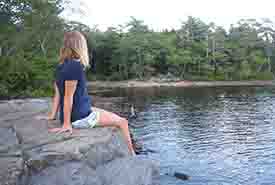
A visitor takes in the views at Williams Lake, NS (Photo by NCC)
This fall, Halifax Regional Council voted unanimously to move forward with a proposal by the Nature Conservancy of Canada (NCC) for a 379-acre (152-hectare) urban wilderness park just 10 minutes from the downtown core, on the shores of Williams...
Places worth protecting: Atlantic Canada
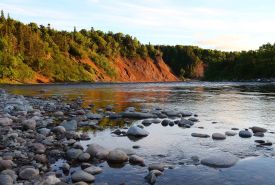
Crabbes River, NL (Photo by Mike Dembeck)
At the Nature Conservancy of Canada (NCC), we like to say we produce results you can walk on. Without a doubt, the lands that NCC protects are the primary measure of our effectiveness and contribution to the conservation of Canadian nature in all...
Brier Island's eastern mountain avens
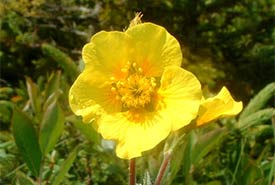
Eastern mountain avens (Photo by June Swift)
For most of the year, the eastern mountain avens does its best to hide amongst the peatland vegetation on Brier Island, located at the extreme southwestern edge of Nova Scotia. However at the height of summer, a small buttercup-like flower the...
Identifying and assessing species at risk
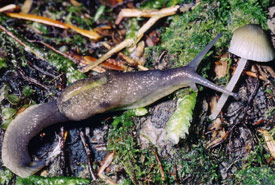
Dromedary jumping slug (Photo by Kristiina Ovaska)
The issues of habitat loss and wildlife decline are so pervasive, it would seem unlikely there are many Canadians not familiar with the terms "species at risk" or "endangered species." The term may conjure images of panda bears or tigers, but...
A bird's-eye view: Mark Mallory's fascination with birds, and what they can tell us
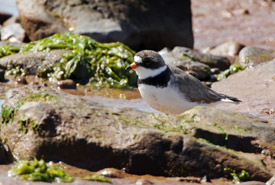
Semipalmated plover, Johnson's Mills, NB (Photo by Mike Dembeck)
Mark Mallory likes birds, and he’s not alone. Birds are popular, and not just among high-strung bird nerds elbowing their way through crowds for glimpses of avian visitations. Birds are one of the most diverse groups of organisms in the...

